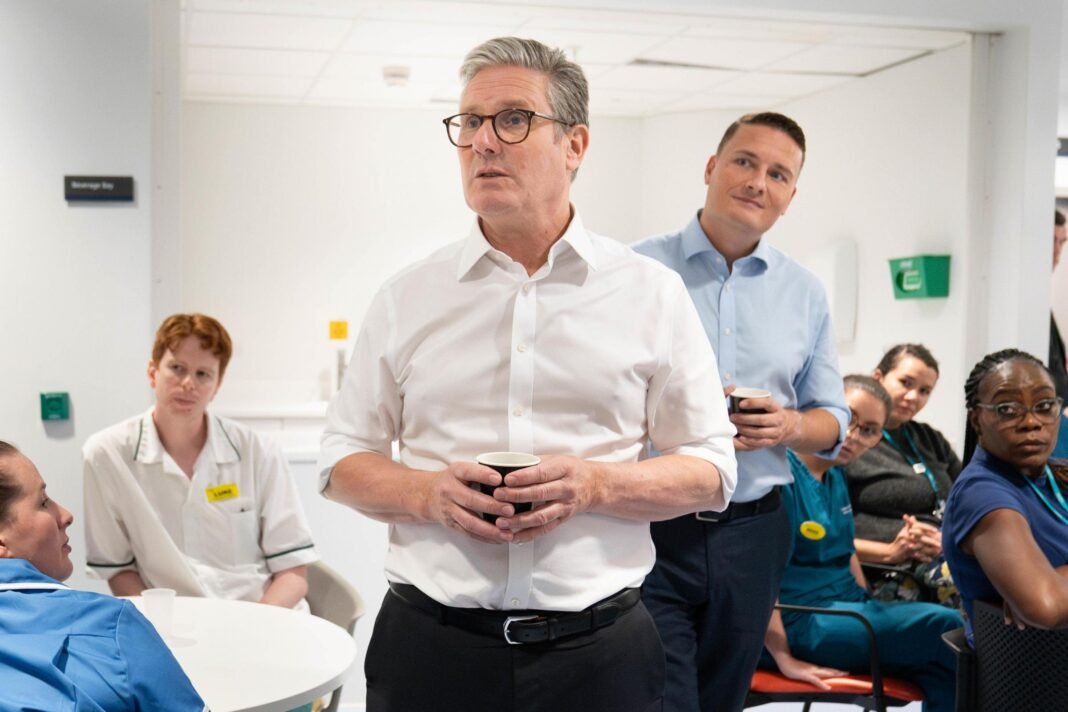The government has successfully met its commitment to deliver two million additional NHS appointments in England during its first year in office, Prime Minister announces.
Between July and November of last year, nearly 2.2 million more elective care appointments were made, surpassing the initial target. These extra appointments occurred despite disruptions caused by doctor strikes, which likely reduced the number of available slots during that period.
Leader of the Labour Party, Sir Keir Starmer, hailed this achievement as a boost for his plan to improve the NHS and reduce waiting times. NHS England Chief Executive Amanda Pritchard also acknowledged the progress but emphasized that much more work is needed to reduce patient waiting times further.
The additional appointments were part of the government’s pledge, with a focus on increasing operations, procedures, and non-emergency care, including diagnostic tests, outpatient appointments, surgeries, and cancer treatment. A key strategy for meeting the target was increasing evening and weekend working across the NHS.
A total of 31.3 million operations, appointments, and tests were carried out between July and November 2024, compared to 29.1 million in the same period the previous year, which was affected by multiple junior doctors’ strikes.
The government claims that the target has been met seven months ahead of schedule, but the true impact of the pledge will be closely observed in the data for the year leading up to the next general election in 2025.
Despite these advancements, Sir Keir warned that the job is far from done, reaffirming the Labour Party’s focus on reforms aimed at speeding up NHS treatments. He has also proposed new initiatives to address the NHS backlog, with additional funding of £40 million to be allocated to NHS trusts that make significant progress in reducing waiting lists.
Health Secretary Wes Streeting stated that the NHS was “on the road to recovery,” noting a reduction of around 160,000 patients on waiting lists since Labour took office. Recent NHS data indicated that the number of people on the waiting list dropped for the fourth consecutive month in December, reaching the lowest figure since April 2023.
At the end of December, approximately 6.24 million patients were waiting for treatment, down from 6.28 million in November. However, A&E performance remains a concern, with only 73% of patients seen within four hours in January, significantly lower than the 95% target. The number of patients facing prolonged waits in A&E also rose, with nearly 160,000 waiting over four hours for admission, many of whom were forced to wait on chairs or trolleys.
A recent report from the King’s Fund thinktank raised concerns over inefficiency within the NHS, with one in five patients reporting that they received appointment letters after the scheduled date. Additionally, nearly a quarter of respondents were unclear about whom to contact while waiting for care.
Liberal Democrat health spokesperson Helen Morgan criticized the government’s approach, suggesting that until social care is properly addressed, hospitals will continue to face overwhelming pressure and patients will suffer. She called for more urgent attention to the social care system, claiming that too many patients are being left in limbo.
Health Secretary Streeting has previously defended the government’s approach to adult social care reform, with proposals for long-term funding unlikely to materialize before 2028.
Stay tuned to London Pulse News for updates on NHS reforms, waiting times, and the ongoing challenges in healthcare delivery.


